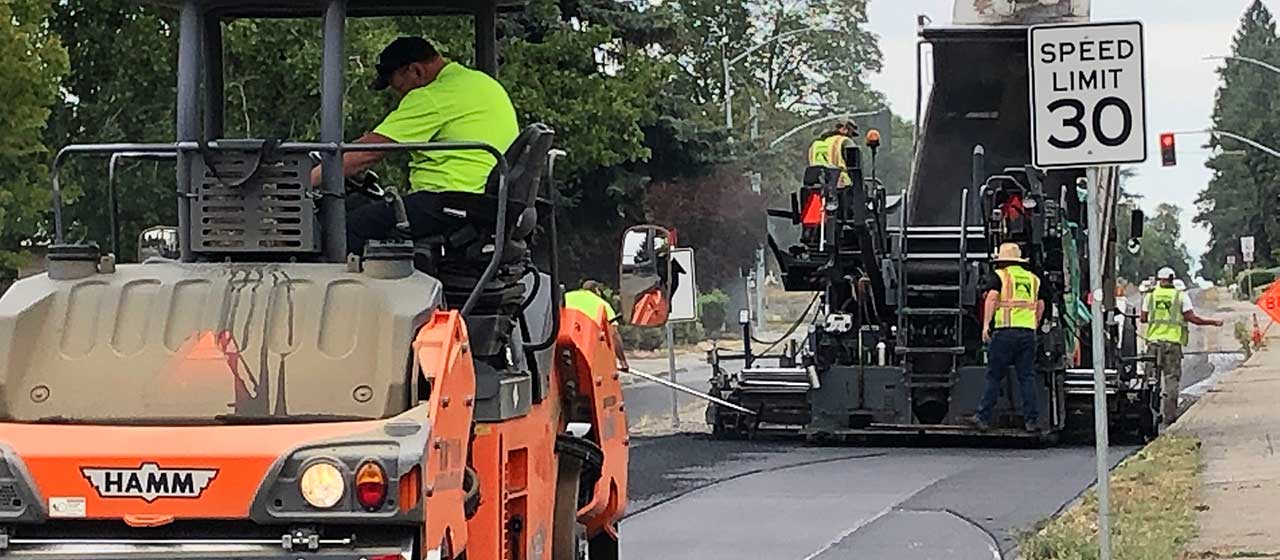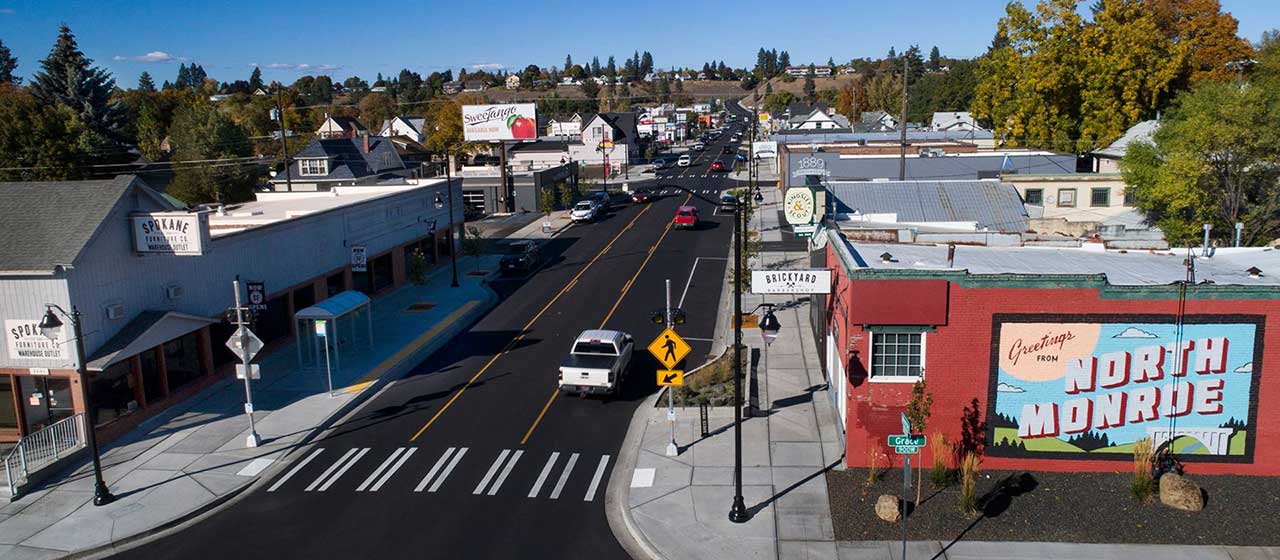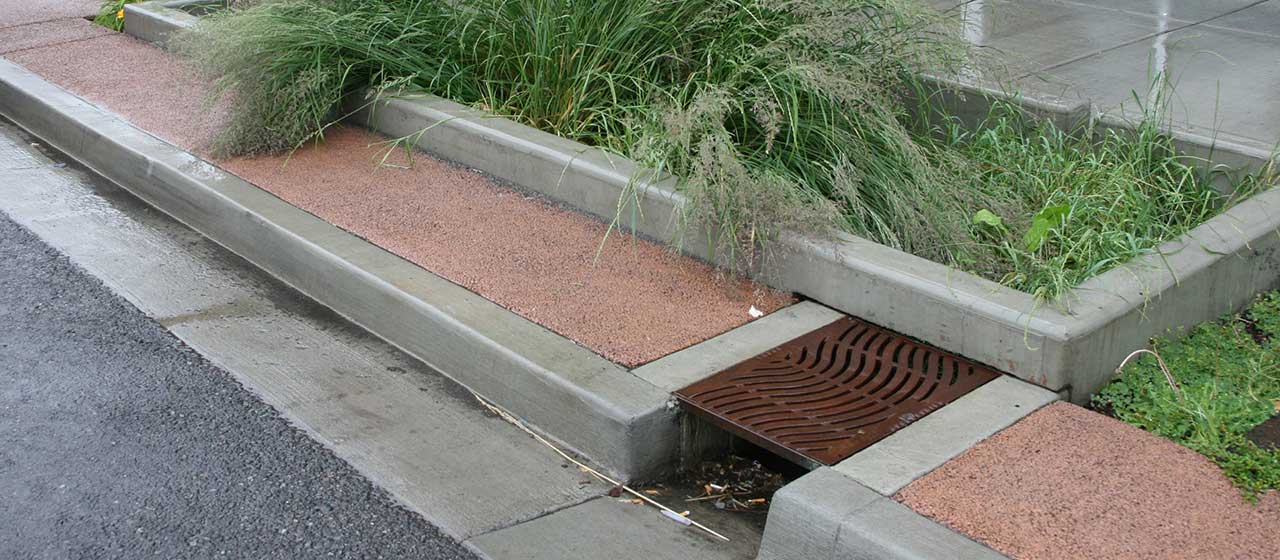The Plan
Over time, the goal of the 20-Year Arterial Street Program is to improve the arterial system overall. More than 90 percent of City vehicle trips are on arterials, providing the greatest benefit to the greatest number of people.
The plan includes three key components:
Maintenance
A robust street maintenance program.

While major capital reconstruction projects are important, even more critical is a comprehensive maintenance plan that will allow the City to “keep the good streets good.” Crack sealing, chip sealing, and grind and overlay maintenance work extends the life of streets that have been reconstructed.
Proper maintenance essentially stretches citizens dollars once again. Street Department officials report that projects that are built to current standards with proper maintenance can last for 30 or 40 years.
Costs for maintenance work runs between one-tenth and one-quarter of full reconstruction projects, greatly enhancing the number of lane miles of streets that can be improved and providing greater value for citizens’ dollars.
Reconstruction
Rebuild and reconstruction projects.

Reconstruction is the only way to repair some streets that are in very poor condition. These expansive projects include replacing the road base, along with the street surface, based on current street construction standards.
Projects are selected for reconstruction using a prioritization matrix developed by citizen volunteers who are part of the Plan Commission Transportation Subcommittee. The matrix includes a number of criteria to determine which projects should be addressed sooner.
It considers Comp Plan goals, current pavement conditions, safety for street users, multi-modal components, integration with utilities, economic development opportunities, and available funding.
Integration
Integration of street projects with other work that is needed in the right of way.

Integration is at the center of the City’s approach to major infrastructure projects. This is a holistic approach to infrastructure reconstruction projects that considers how the City can accomplish multiple objectives within in a single project. The idea is to create value for our citizens.
Consider a three-dimensional view of the street. Included in that view are those traditional surface transportation pieces like sidewalks, bike lanes, and vehicle travel lanes. But that view also includes below-ground connectivity for utilities—everything from water, sewer, and stormwater to natural gas, electricity, and telecommunications.
Under an integrated approach, the City now considers all the work that needs to be done along a street—above and below ground—and works that into a single project that is more affordable than multiple projects to achieve needs separately. The notion of integration was included as part of the Street Levy vote.
